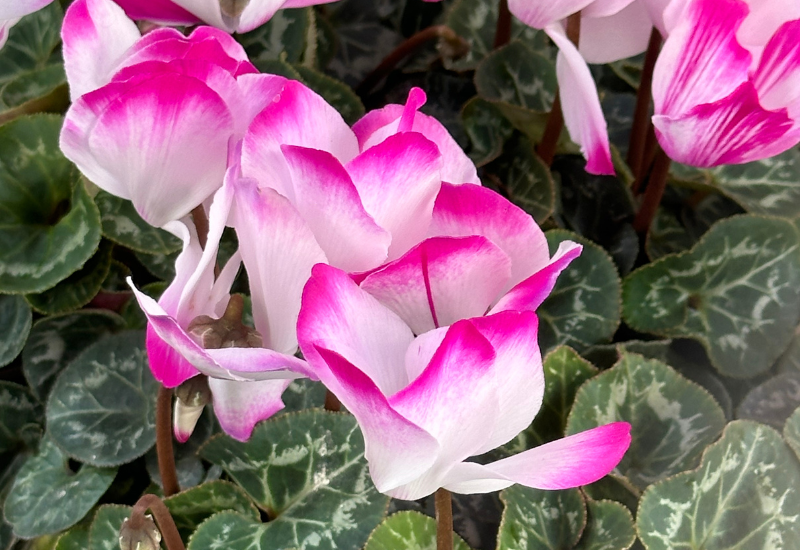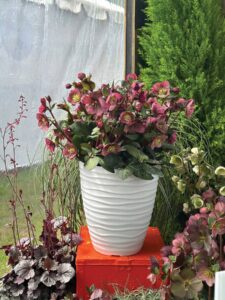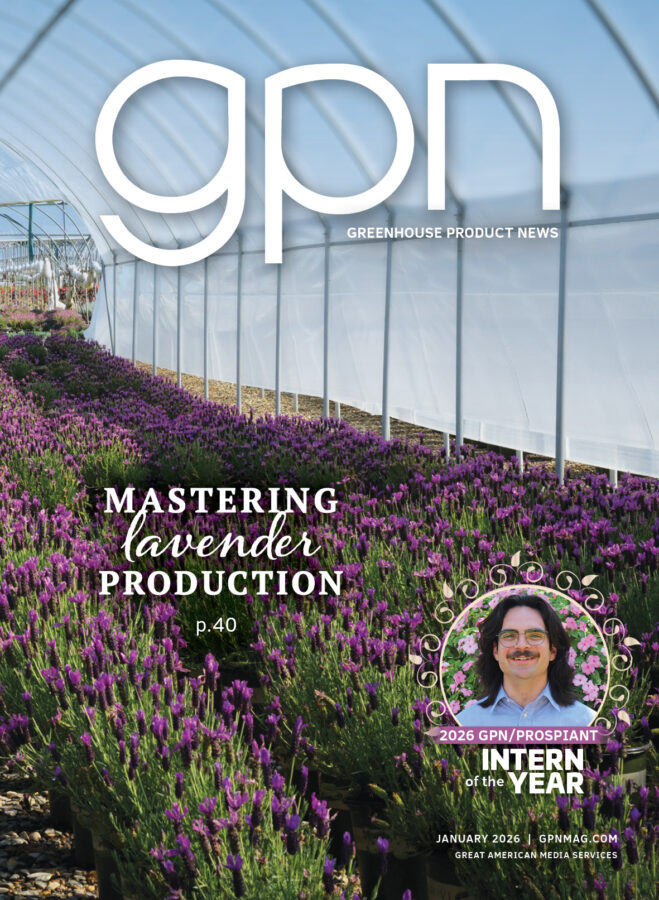
Overwintering crops during the coldest months
Winter is fast approaching and growers may need to prepare to overwinter some perennial plants. But what are the best methodologies or strategies that should be utilized?
I reached out to Geoffrey Njue, Extension educator at University of Massachusetts, Amherst, to learn more about the techniques and considerations that can help growers prepare.
Njue said that the first step in winter preparation is determining which plants to overwinter. He said it’s essential to consider the quantity, value and species of the plants.
“You should prioritize overwintering high-value crops such as tissue culture plants, patented varieties and hybrids,” Njue said.
Low-value crops like old seed varieties may not be worth the effort unless grown in large quantities, he said.
Njue also emphasized it is important to assess the plant species. Moisture-sensitive plants can be particularly challenging to overwinter, as crown rot may become an issue.
“If you struggle with crown rot on a crop species, do not try to overwinter it,” he advised.
LOCATION IS IMPORTANT

Space is another critical factor Njue noted. Growers will need to determine if they have space inside or outside. He said either will work, but if outside, protection will be necessary in the northern climates.
“Cover with heavy frost (thermal) blankets when night temperatures drop below 27º F. You can cover the frost blankets with a white poly to protect from rain. If you have poly tunnels, use medium-weight frost blankets to cover the plants. It can also get very cold in poly tunnels,” he said.
During sunny winter days, Njue said to increase ventilation by opening doors or rolling up the plastic on the sides to minimize heat gain from the sun.
“If you overwinter in the greenhouse, you do not need frost blankets, but you will need shade cloth to prevent heat gain on sunny days. Drop temperature gradually to 35º F and ventilate as necessary to maintain temperature,” he said.
Additionally, Njue emphasized that labor is a key factor to consider, as growers need to ensure they have the ability and staff to water plants regularly to maintain even moisture through the overwintering period.
FERTILITY MANAGEMENT
Fertility management is crucial in preparing perennial plants for overwintering. Plants that have suffered nutrient deficiencies during the summer are not ideal candidates for overwintering, Njue shared.
“Feed the plants well from July to September, then reduce fertilizing as fall approaches,” Njue said. He warned against over-fertilizing in the fall, as excess nutrients can encourage new vegetative growth that may not harden off in time and become more susceptible to cold injury.
For late-season fertilization, Njue recommended avoiding ammonium-based fertilizers. Instead, he suggested using Cal-Mag fertilizers, such as 15-5-15, which provide both macro and micronutrients essential for winter survival.
“If using controlled release fertilizers, choose one with low or no ammonium nitrogen and that will cease releasing nutrients as fall begins,” he said.
Njue stressed that perennials should not be fertilized during the overwintering period.
“Fertilization should cease before the plants go dormant and no fertilization is needed during the winter. In the fall before plants go dormant, nutrients and energy are drawn down from the foliage into the crown and the roots,” he said. “Plants survive on these nutrients and energy through the overwintering period and to kick start growth in the spring.”
Specifically, Njue said to stop fertilization about 4 weeks prior to the anticipated frost date.
MAINTAIN EVEN MOISTURE

Maintaining even moisture throughout the overwintering period is crucial, but overwatering should be avoided, Njue stressed.
“To maintain even moisture you may need to apply a wetting agent to the substrate. Apply preventative drench for crown rot after foliage dieback,” he said. “Apply preventative spray for botrytis before covering with frost blankets.”
Regular inspections are also a key component to winter preparations and to increase the rate of plant survival.
“Make sure to check that plants are alive and healthy throughout the winter,” Njue said.
By staying vigilant, growers can catch and address any issues immediately.
With the latest perennial breeding, Njue mentioned that growers can also select new varieties, which do not require vernalization — making overwintering an unnecessary process since those varieties do not require the cold treatment to flower.
Planning, vigilance, proper nutrition and plant monitoring all play a role in overwintering perennials successfully. For additional information, growers can utilize the Overwintering Containerized Perennials fact sheet, tinyurl.com/mrxkp8b7, that is available through the Greenhouse Crops and Floriculture Program at UMass Extension, Amherst.









 Video Library
Video Library 


















